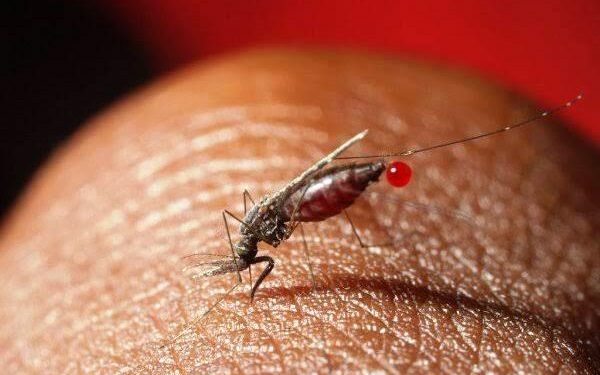Uganda’s Department of Meteorological Services has issued a warning about a potential rise in malaria cases throughout the country, coinciding with the country’s typical hot and dry January weather.
The government has urged the public to take preventive measures, as malaria remains one of the leading causes of death in Uganda, particularly among pregnant women and children.
According to a statement released late Friday, Uganda’s Health Ministry has reported that malaria kills between 70,000 and 100,000 people annually, with the majority being children under five years old. For every ten children admitted to the hospital, six are diagnosed with malaria, a disease transmitted through infected mosquitoes.
As January is one of the hottest and driest months of the year, the department predicts that temperatures will soar, creating conditions conducive to increased mosquito activity. This is expected to lead to a higher incidence of malaria, especially with many households lacking sufficient access to preventive tools such as treated mosquito nets.
The Ministry of Health has recommended increased vigilance during this period, advising communities to sleep under insecticide-treated nets and encouraging health units to stock up on necessary medicines and supplies in anticipation of an increase in cases. The public has also been urged to stay informed through health education campaigns and local awareness efforts.
Health experts have noted that malaria continues to be a persistent health issue, despite various governmental and donor initiatives aimed at combating the disease.
Uganda, which has one of the highest malaria burdens in the world, remains a significant concern in the global fight against the disease. According to the World Health Organization (WHO), malaria continues to affect millions, with an estimated 13 million cases in Uganda alone in 2021, and over 19,600 malaria-related deaths in the country during the same year.
The ongoing struggle against malaria is complicated by various factors, including climate, socioeconomic conditions, and the effectiveness of healthcare interventions. The country continues to grapple with the disease, with it being responsible for 30 to 50% of outpatient visits and 15 to 20% of hospital admissions in Uganda.
While global malaria incidence has been on the decline over the past two decades, the disease remains a major public health challenge, particularly in sub-Saharan Africa, which bears the brunt of the burden. Between 2019 and 2021, global malaria cases reached alarming numbers, and the WHO estimates that nearly 619,000 people died from malaria in 2021, showing a rise from previous years.
Malaria’s widespread impact on Uganda’s health and economy cannot be overstated. In addition to the severe health consequences, the disease incurs substantial economic losses, with estimates suggesting that Uganda has lost over $500 million in the last decade due to malaria-related expenses and productivity losses.
Health authorities in Uganda are now focusing on better understanding the drivers of malaria incidence to formulate more effective policies and interventions. As malaria continues to plague the nation, both public and private healthcare investments are being closely scrutinized to improve treatment, prevention, and education efforts.
As Uganda confronts this deadly disease, the public is urged to take proactive steps, including utilizing insecticide-treated nets, seeking prompt treatment for suspected malaria cases, and supporting community health education initiatives.
Do you have a story in your community or an opinion to share with us: Email us at editorial@watchdoguganda.com













